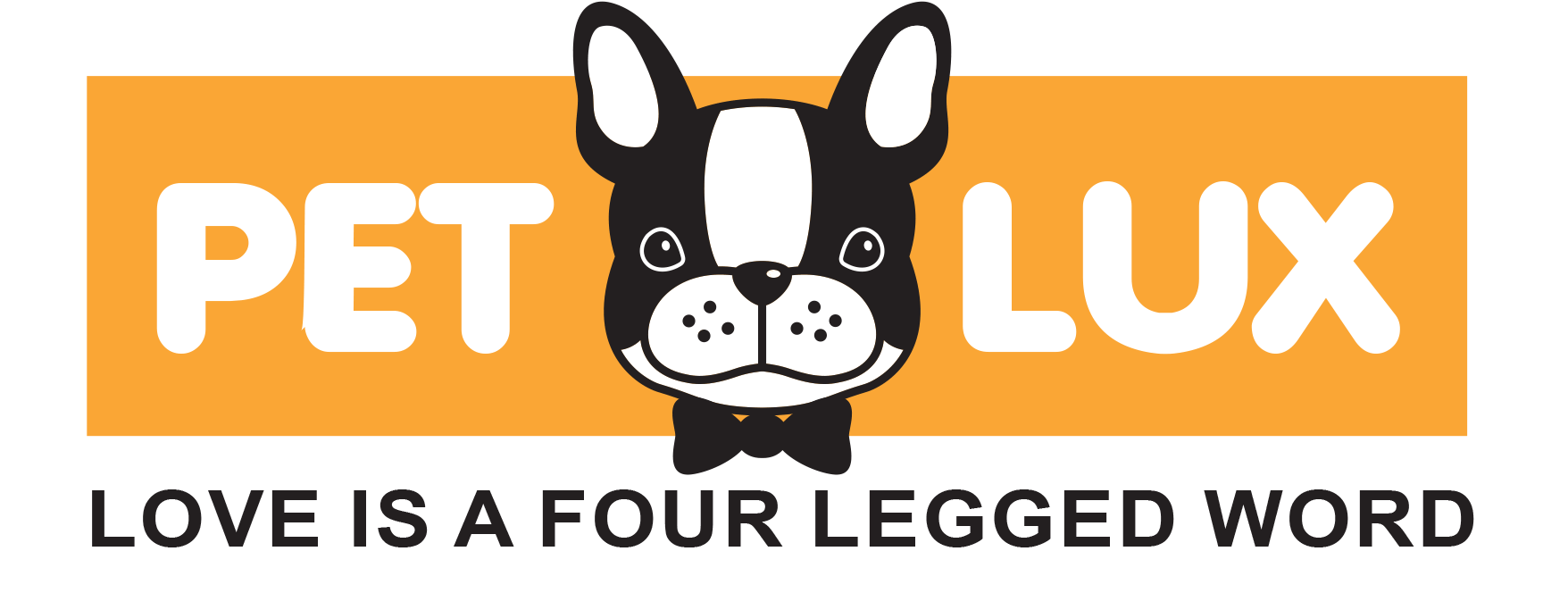The Science Behind Grooming Products: What’s Really in That Bottle?
Pet grooming isn’t just about aesthetics—it’s a science. Every product applied during a grooming session plays a vital role in your dog or cat’s overall health, comfort, and appearance. Whether you’re scheduling a Downtown Vancouver grooming session or prefer a home spa day in West Vancouver, understanding the chemistry of grooming products empowers you to make informed decisions about coat care. In this comprehensive guide, we’ll explore the functional science of grooming ingredients, the role of pH balance in pet dermatology, and how to differentiate between salon-grade products and over-the-counter variants.
Key Components of Grooming Products
Below is a technical breakdown of the primary components found in professional grooming products, including their function and most-used ingredients:
| Category | Function | Common Ingredients |
| Cleansers | Removes dirt, oil, and build-up from coat and skin | Sodium lauryl sulfate, Cocamidopropyl betaine |
| Conditioners | Moisturizes and softens hair shafts, prevents breakage | Silicone derivatives, Panthenol, Glycerin |
| Fragrances | Masks odor and provides a pleasant scent | Essential oils, Synthetic aroma compounds |
| pH Balancers | Maintains optimal skin and coat pH | Citric acid, Sodium citrate |
| Emollients | Adds shine and hydration to coat | Lanolin, Natural oils (e.g., jojoba, coconut) |
| Detanglers | Reduces friction for easier brushing and less matting | Silicones, Quaternary ammonium compounds |
| Medicated Additives | Treats conditions like dermatitis, fungal infections | Chlorhexidine, Ketoconazole, Oatmeal extracts |
| Preservatives | Extends shelf life and prevents microbial growth | Phenoxyethanol, Potassium sorbate, Benzoic acid |
1. Understanding Functional Ingredients in Pet Grooming
Each grooming product is composed of active and inert ingredients, many of which perform synergistically. Cleansers, like sodium lauryl sulfate or cocamidopropyl betaine, act as surfactants, lifting debris and sebum from the coat without disrupting the epidermal barrier. In high-end formulas offered at our cat and dog grooming in West Vancouver, surfactants are paired with conditioners such as panthenol and glycerin to minimize post-wash dryness.
Conditioners help maintain coat integrity, especially in breeds prone to matting. These include emollients like lanolin and natural oils—frequently applied in Downtown Vancouver’s dog grooming services to support high-shed or double-coated breeds. Detanglers rely on quaternary ammonium compounds that reduce electrostatic friction, enabling smooth brushing and decreasing grooming time by up to 40% according to grooming technician reports.
Fragrances—both natural and synthetic—are added not only for scent but also for masking pet odors post-bath. At Vancouver grooming salons for pets, formulas are often designed with hypoallergenic fragrance profiles, ensuring minimal skin reactivity while maintaining freshness for several days.
2. The Role of pH Balance in Skin and Coat Health
Canine and feline skin differs vastly from human skin. Dogs have a skin pH between 6.5 and 7.5, whereas cats average closer to 6.4. Human shampoos, which usually fall in the 4.5–5.5 pH range, can severely disrupt the pet acid mantle. That’s why pH balancing ingredients like citric acid and sodium citrate are critical in formulations—particularly those used in West Vancouver’s pet grooming services, where dermatological health is prioritized.
This skin barrier is responsible for retaining moisture, preventing infection, and supporting microbiota. When compromised, pets can develop symptoms such as dandruff, redness, itching, or secondary infections. That’s why Downtown Vancouver’s advanced grooming sessions often include hypoallergenic, pH-optimized shampoos developed with veterinary dermatologists.
Professional-grade grooming salons also consider regional water hardness—common in the Lower Mainland—which can affect lathering and skin residue. Products formulated for hard water conditions include chelating agents to neutralize calcium and magnesium ions, reducing residue and improving rinse performance.
3. Medicated and Specialty Additives for Skin Conditions
Beyond cleansing and conditioning, grooming products frequently include medicated components for pets suffering from dermatitis, ringworm, or yeast infections. For example, chlorhexidine gluconate or ketoconazole are antimicrobial agents commonly used in therapeutic baths at select Downtown Vancouver cat groomers. These compounds are clinically proven to reduce microbial counts by up to 90% after consistent usage over two weeks.
Oatmeal extracts and aloe vera are often incorporated to soothe inflammation, particularly in hypersensitive or allergic pets. Emollients used in West Vancouver’s professional grooming studios also aid in reducing transepidermal water loss (TEWL), a major contributor to itchy, flaky skin in colder climates.
Preservatives like phenoxyethanol and potassium sorbate ensure product longevity and reduce contamination risk. These are rigorously tested for pet safety and are typically used at concentrations below 1%, ensuring efficacy without irritation.

